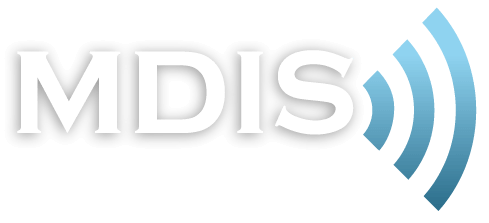Horses are long-day seasonal breeders. The natural reproductive period coincides with the light-filled days between May and September, when the environment is optimal for the survival of offspring. However, the universal birthday for some horse breeds, like Thoroughbreds, is January 1. This creates a demand for early foals in order to produce mature yearlings and 2-year-old racehorses.
Mobile Blue Light Therapy for Broodmares
- by:
- Equine Disease Quarterly
- October 12 2012,
- Article # 20773
Utilization of artificial light to advance the breeding season is common practice within the Thoroughbred industry. Mares are maintained indoors under barn lighting until 11 p.m. for eight to 10 weeks beginning around December 1. The artificially extended day length acts to inhibit the hormone melatonin and fools the mare’s reproductive system into activating earlier in the year. Historically, light from a 100-watt light bulb in a 12-foot by 12-foot stall has been used. This amount of illumination is loosely defined in the literature as “enough light to read a newspaper.”
Recently, light in the blue light spectrum (465- 485 nanometers) has been found to facilitate more accurate and efficient levels of melatonin inhibition in other species. In 2011, we investigated the threshold level of blue light required to inhibit circulating concentrations of melatonin in the horse and found it to be within the range of 10-50 lux (the standard international unit of illuminance). The average light intensity at eye level in a stall illuminated by a 100-watt light bulb is 250 lux. Of greater significance was that the level of melatonin inhibition achieved did not differ when light was administered to one or both eyes.
A second multi-institutional study was conducted to determine whether low-level light to a single eye from a head-worn light mask could advance the breeding season in mares maintained outdoors. Fifty-nine non-pregnant, healthy Thoroughbred mares were allocated to one of three groups. On December 1, Group 1 (n=16) was housed indoors in individual stalls under barn lighting (250 lux) until 11:00 p.m. daily; Group 2 (n=25) wore light masks programmed to be on from 4:30 p.m. to 11:00 p.m. daily and was maintained outdoors as a herd; and Group 3 (n=19) was maintained outdoors under the natural photoperiod as a control. All mares were maintained on farms in Lexington, Ky.
At two-week intervals until mid-February, all mares received rectal ultrasound examinations and blood was collected for progesterone hormone analysis. Estrous cyclicity was defined as the presence of follicles greater than 20mm detected in conjunction with serum progesterone greater than 1ng/mL, indicative of ovulation. On February 10, the number of mares determined to have ovulated was 14/16 (87.5%) in Group 1; 20/25 (80%) in Group 2; and 4/19 (21%), in Group 3. There was no statistical difference between Groups 1 and 2, indicating that mobile blue light therapy from head-worn light masks is as effective at advancing seasonality as indoor barn lighting.
Learn more about the preparations required and challenges encountered to get mares pregnant in the authoritative yet straightforward guide Understanding Breeding Management.
Studies are underway to investigate additional applications of mobile blue light therapy in horses for the purposes of increasing foal birth weights in early foals and mitigating the effects of jet lag in performance horses. The light mask technology will be available in 2013.
CONTACT: Barbara A. Murphy, BSc, PhD; barbara.murphy@ucd.ie; Head of Subject Equine Science, Program Coordinator BAgrSc Animal Science-Equine,; School of Agriculture and Food Science; University College Dublin; Dublin, Ireland
This is an excerpt from Equine Disease Quarterly, funded by underwriters at Lloyd’s, London, brokers, and their Kentucky agents.
